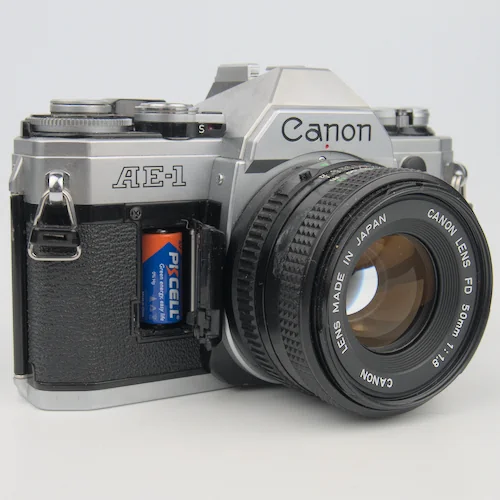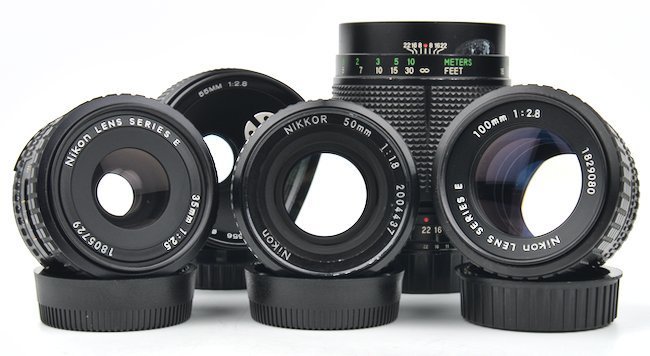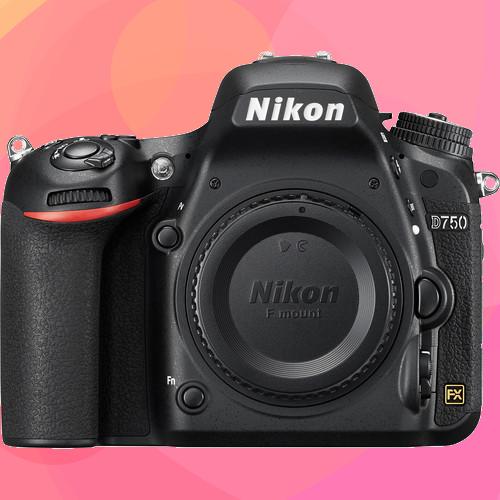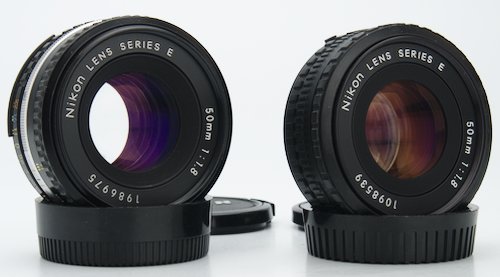
Nikon 50mm f/1.8 Series E Pancake Lens Review
Table of Contents
The Nikon 50mm f/1.8 Series E has remained a popular lens for more than 40 years. It was originally designed as a budget lens, but became popular with professionals.
Often referred to as a pancake lens, the lens is short and light. With caps on the lens, it can easily fit into a jacket pocket. A camera can also still fit under a jacket with the lens mounted. This makes the lens ideal for travel and keeping a low profile.
Affiliate Advertising Disclosure
Outside the Shot is a participant in the Amazon Services LLC Associates Program, an affiliate advertising program designed to provide a means for sites to earn advertising fees by advertising and linking to Amazon.com.
As an eBay Partner, I may be compensated if you make a purchase. I also participate in affiliate advertising programs with KEH and Adorama. More can be found on the Affiliate Disclosure page.
Used Prices & Where to Buy
Copies of the lens are easy to find online. Any of the large retailers should have copies available.
See current price and more information on:
Comparable Lenses
- Nikkor 50mm f/2 – Sharper, but larger.
- Nikkor 50mm f/1.8 D – This is an early AF lens that needs a camera body to have a screw drive motor to power the autofocus. I would not recommend this lens unless you will be able to utilize the autofocus.
Historical Background
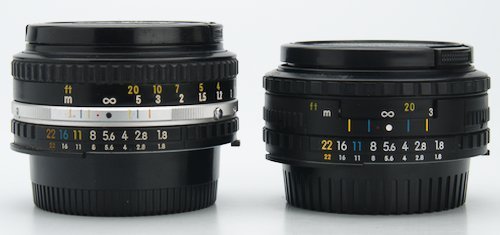
All of the Series E lenses were initially released between 1978 and 1981. Their unexpected popularity among professionals led to a second version of the lens with an improved build quality.
The first version has an all black plastic body. The second version has a chrome ring, is made of aluminum, and has a rubber focus ring. I prefer the second version of the Series E lenses.
Another minor difference between the lenses is how far forward the front element is. The filter threads barely stick out past the front element on the first version. On the second version, the front element is slightly recessed, providing a bit more protection, at the cost of the lens being a couple mm thicker.
In 1985, the price of the 50mm f/1.8 E was $59.95. The Nikkor 50mm f/1.8 was $99.95. Adjusted for inflation, the prices would be $144.45 and $240.83, respectively.
Being a budget offering is why “Nikkor” does not appear on the lens nameplate. Nikon reserves the “Nikkor” branding to indicate their highest quality lenses.
The second version on the left. First version on the right.
Build Quality & Design
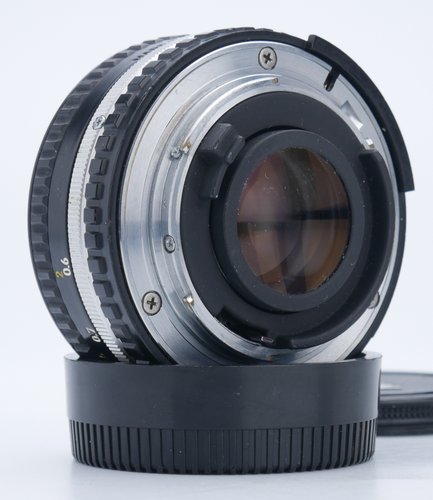
The lens has an AI-S mount on it. For a camera to get metering information, the camera body will need to have a metering tab. Newer DX bodies may not have the metering tab. The lens can still be used in manual mode, with manual metering, but I would not recommend that.
Nikkor lenses from around the same time period have a nicer build. Costing cutting can be seen by looking at the lens mount. The 50mm Series E has only 3 screws holding the mount on, while Nikkors have 5 screws.
In terms of feel, the first version feels like cheap plastic. The second version feels better because of the aluminum parts. Neither version feels great and the tolerances are looser than Nikkor lenses.
The focus throw on the lens is very short. Dried out helicoid grease also makes it likely that the feedback from the focus ring feels a bit loose.
Having owned about a dozen copies of the lenses, the lenses are not prone to any problems. They are durable enough and an “easy” lens to do repairs on.
Usage
Testing was done on a D750 and adapted to a Sony A7. On the D750 the lens is barely noticeable. Barely any size is added which means the combo can easily be tucked under a coat. There also should be a need to remove the lens when packing the camera into a bag. With just the caps, the lens will easily fit into a coat pocket.
Extension from the lens adapter make the lens less compact on the A7. The camera handles the lightweight of the lens well. Both the aperture and focus rings remain in positions that are comfortable to manipulate while still being able to support the camera.
Image Quality
Bokeh from the lens is nice enough. There’s no cat’s eye or swirling. Stopped down, the 7 straight aperture blades will show up with out of focus point light sources.
Flaring and Ghosting were not problems I experienced. Though I was not trying to push the lens to the max. Using a lens hood is going to be a good idea.
Vingetting is present until the lens is stopped down a coupld of stops. The vignetting is not heavy and can easily be cleaned up in post if desired.
Color from the lens seems slightly desaturated. Though this could also be because of the base curve that was applied when I was viewing the RAW files. You can expect average vintage performance from the lens.
Sharpness is not the strong point of the lens. The Nikkor 50mm f/2 is sharper from f/2 and on.
I don’t hold the lack of sharpness against the lens. Unless it is a macro lens, I’m not looking for the sharpest possible vintage lens.
Chromatic Aberration is present when shooting wide open. Stopping down to f/4 will get it to disappear.
Distortion is noticeable compared to modern lenses that have corrections done by the camera or done by a program in post. If the distortion bothers you, you can get a lens profile from the lensfun database or make one with Hugin.
Conclusion
I like the lens due to its size and weight. For casual shooting, it provides a nice manual focusing experience. It also sits at the top of my list of secondary lenses to take along as there is enough room for it in even small camera bags.
It is a great lens to get. There is a high level of interest in the lens, so it is easy to resell should the need arise.
Lens Specs
| Manufacture | Nikon |
| Made in | Japan |
| Year Released | 1978 / 1981 |
| Original Price | $59.95*** |
| Elements Groups | 6 ele. 5 gr. |
| Focal Length | 50mm |
| Aperture | f/1.8-22 |
| # Aperture Blades | 7 |
| Aperture Control | Manual, Auto Diaphragm |
| Focus Type | Manual |
| Hard Infinity Stop | Yes |
| Minimum Focus Distance | 60cm (24”) |
| Filter Threads | 52mm |
| Weight | 135g (4.8oz) / 155g (5.5oz) |
| Dimensions | ⌀62mm x 51mm (2.4" x 2") |
Note: Price was taken from a 1985 Competitive Camera Corp Catalogue No. 24.
Accessories
HR-4 Lens Hood. Though any screw-on lens hood with 52mm filter threads will work.
Lens Versions
1. Matte Black Plastic - 1978
2. Aluminum w/ Chrome Ring - 1981
